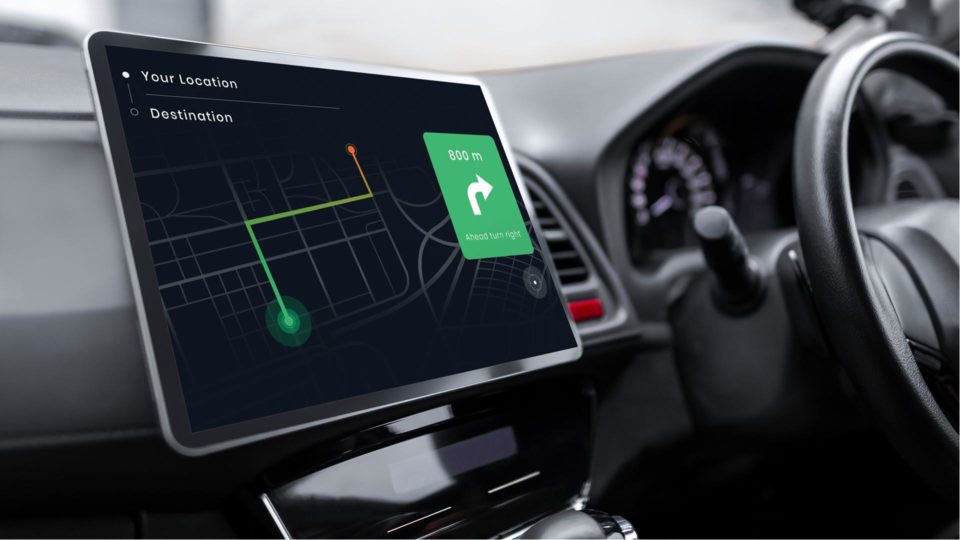Today, the world has massively changed.
Your car map is no different…
It has completely changed and become more dynamic. It’s no longer about your car taking you from point A to point B, now you can ask your car where to get refueled, or other routes to avoid traffic jams.
Car manufacturers are using all the data they get from cars’ sensors to enhance the driver’s experience and optimize the car’s performance.
The automotive industry is almost completely automated, from design to stimulation of car movement, even in the field of marketing and sales.
However, equipment manufacturers and suppliers are under enormous transformation pressure. electric cars, Autonomous drivers, networking, environmental regulations, besides the changes in customer’s behavior are pushing manufacturers to become mobility service providers.
Read further to find out more before you decide to sell your car and go for a more futuristic automobile…
Optimizing Key Processes
Auto manufacturers and suppliers are currently following a dual strategy. On one hand, they must optimize existing key processes and continue their digital transformation.
On the other hand, they are developing new business models for the mobility of the future, which go far beyond driving in your car.
Mobility is transforming into a digital ecosystem, in which means of transport, hitherto generally separate, converge into a global service.
Big automobile companies, like BMW and Mercedes, are relying more on artificial intelligence to merge smart data analytics with the production process to reach maximum efficiency in automobile production.
Develop and produce in a network
At the same time, technologies such as electric powertrains, autonomous driving, and interaction with cars require a radical transformation of the existing product line. The vehicle in the future will be software-driven and will contain hundreds of millions of lines of code.
In this ecosystem, digital services, connectivity, and data will be linked in a secure end-to-end approach. The automotive industry must also develop new skills, create new alliances and invest more in computer and communication technologies.
The ACES transformation
Autonomous, Connected, Electric, and Shared (ACES): these are the four pillars of the digital strategy for the futuristic automotive industry. To achieve this, the automotive industry must manage the increasing complexity of the vehicle, the IT backend, networking and infrastructure, safety and security requirements.
Benefits of Digitalization
- Costs reduction.
- Quality uplift
- Ecological effect
- Meeting market’s demand
Connected and automated vehicles will enhance the driving experience considering safety, efficiency, and ecological benefits. besides becoming an extension of our workplace and home, allowing us to do other things with our time.
However, cities’ infrastructures should also be optimized to work along with the automation of cars.
Smart cities seem to be around the corner all over the world, and Transformers may no longer be an urban legend. In the coming years, you will need to keep an eye on the value of your car before you switch it for one which enables you to be connected in a way that exceeds treating it as a transport mean, to be a whole aid on the road with much useful information of your surroundings.

